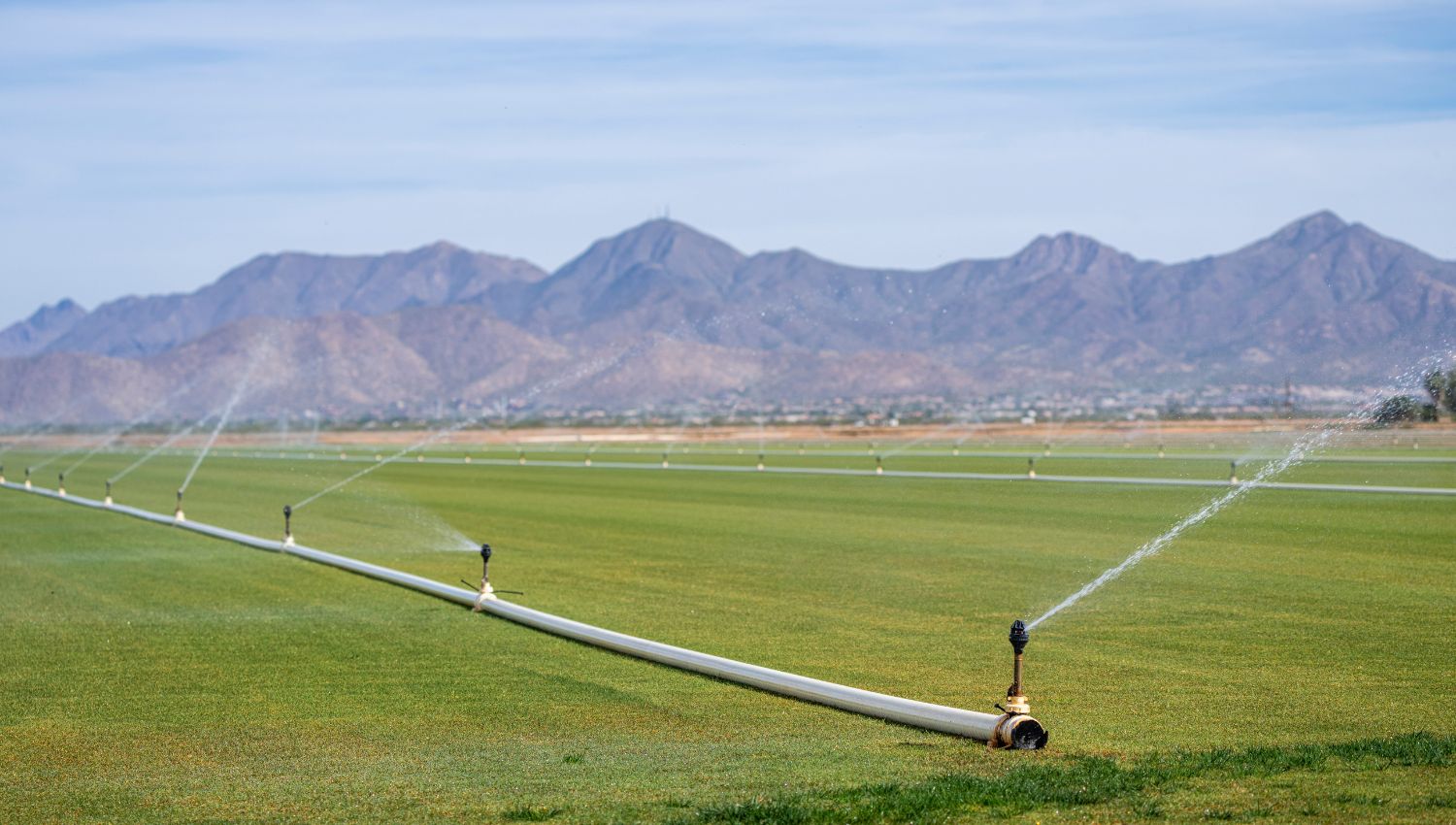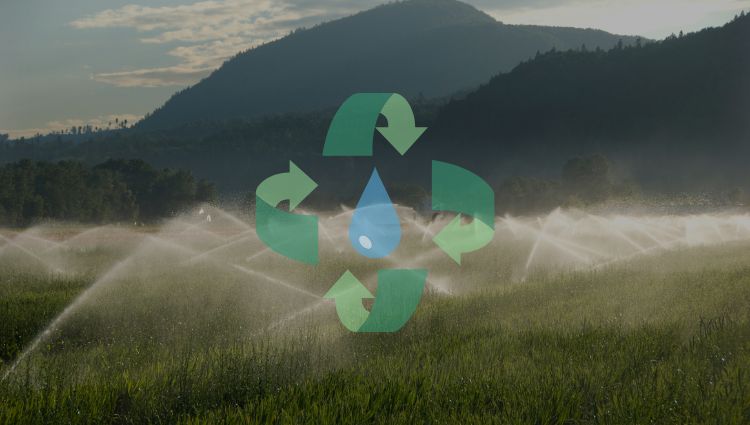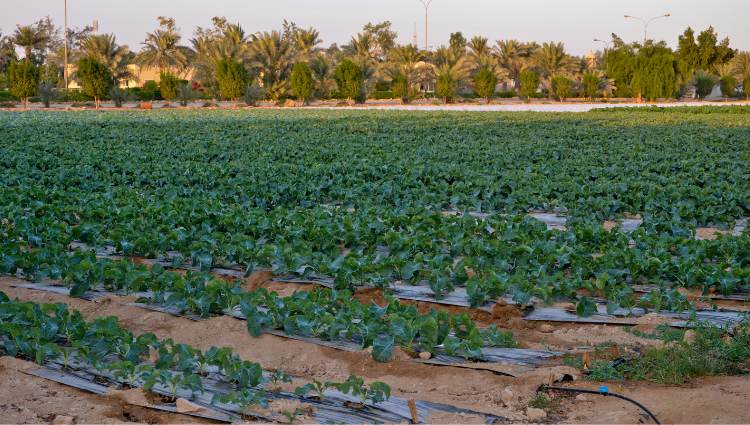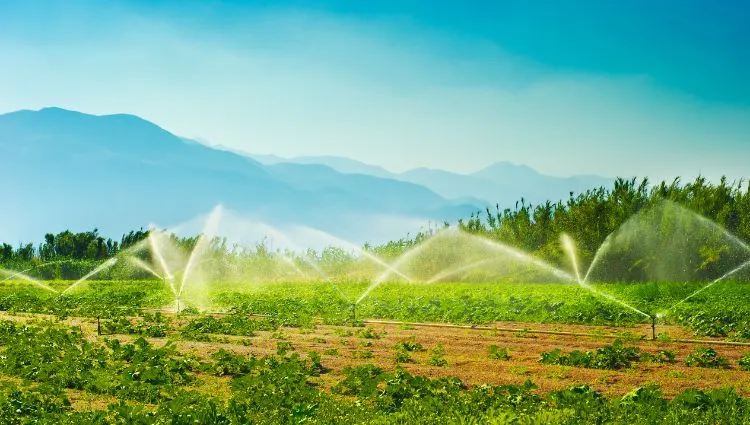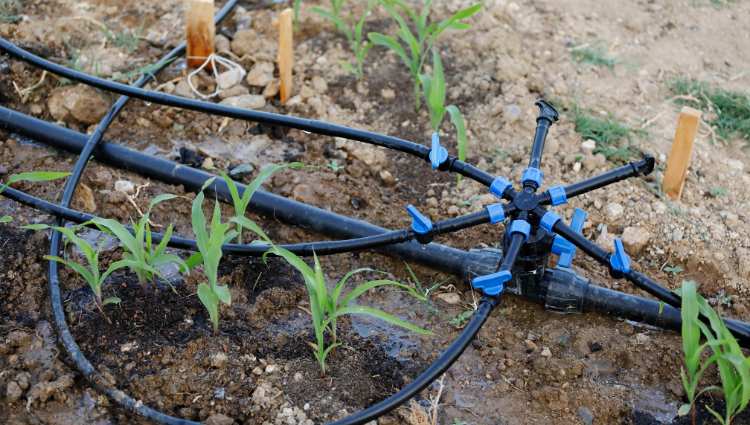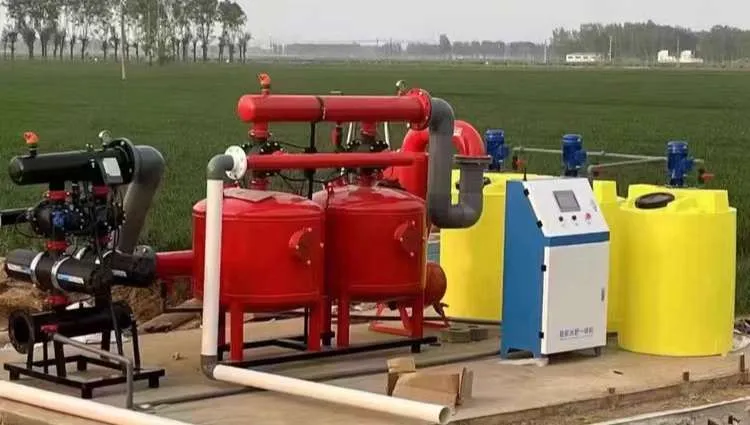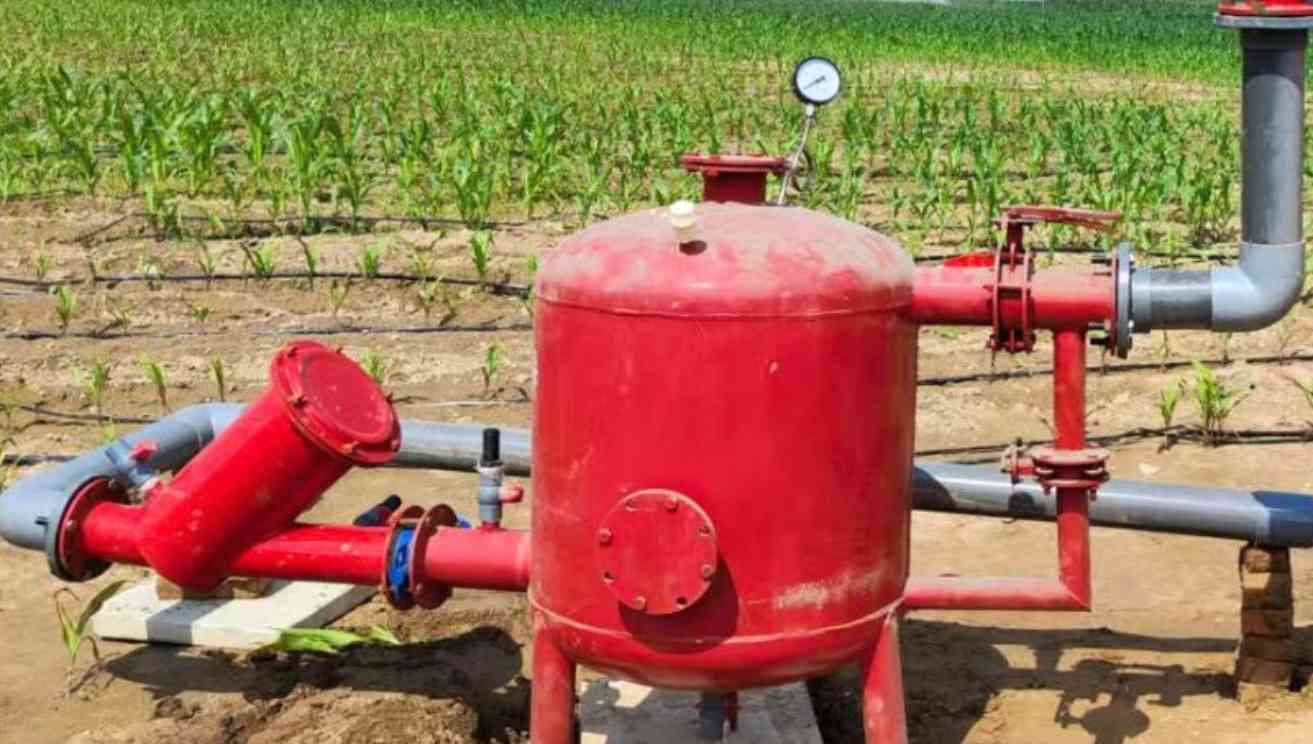Table of Contents
During the process of pipeline construction, head loss has always been an unavoidable topic. If the scale of the pipeline system is small, then as long as the pipeline layout is reasonable, in actual use, choosing parameters such as water pressure and flow rate that are slightly higher than the theoretical values can avoid the obvious impact of head loss on the water supply.
But if the scale of the pipeline system is large, then the impact of head loss cannot be ignored. Head loss can be calculated through formulas, checked by referring to tables, or, for experienced engineers, it can even be roughly estimated based on their experience.
Learning how to reduce head loss is very necessary. This article will tell you truly useful tips.
What Is Head Loss
Let’s first talk about what head loss is. Head loss refers to the energy loss caused by frictional resistance as water flows through a pipeline. It eventually leads to lower water pressure and flow rate at the outlet at the end of the pipe. The consequence it causes is intuitively reflected in slow, uneven, or even interrupted water output at the end of the pipeline.
Head loss mainly consists of two parts: pipe friction loss and local loss.
Pipe friction loss refers to the energy loss caused by water flowing inside the pipe. It is mainly related to pipe length, pipe diameter, pipe material, water flow velocity, and other factors.
Local loss refers to the energy loss caused by fittings in the pipeline system, such as elbows, tees, valves, etc., which affect the kinetic energy of the water flow.
How to Reduce Head Loss
From the previous section, we already understand what head loss is and the main factors that affect it. So now, we can take targeted measures to reduce head loss. Below, I will introduce some of the main methods one by one.
Increase the Pipe Diameter
Increasing the pipe diameter can enlarge the internal space of the pipeline, which can reduce the speed of the water flow. Accordingly, the friction between the pipe wall and the water will also decrease, which can effectively reduce head loss.
But it is also worth noting that increasing the pipe diameter will lead to higher costs. Therefore, when engineers choose the pipe diameter, they need to find a balance between pipe size and cost, without affecting the water supply performance.
Choose Pipe Materials with Smoother Inner Walls
Different pipe materials have different inner wall friction coefficients. If the inner wall is rough, it will increase frictional resistance, which in turn will increase head loss. Therefore, we recommend using pipes with smoother inner walls when building a pipeline system. For example, plastic pipes and stainless steel pipes are better than cast iron pipes.
For irrigation systems, plastic pipes are basically sufficient. For example, qualified PE pipes and PVC pipes have very smooth inner walls and can effectively reduce head loss.
Control Water Flow Speed and Pressure
In water supply engineering, faster water flow is not always better. Because when the flow speed is too high, it will also increase head loss. Therefore, as long as it does not affect the supply effect, appropriately reducing the flow speed or water pressure can help reduce head loss.
Water flow speed, water volume, and pipe diameter all affect each other. If you want to learn more about the relationship between them, you can read this article.
Reduce the Use of Fittings
In a complex pipeline system, pipes need to branch and turn, so a large number of elbows, tees, crosses, and other fittings are used. Each fitting will increase head loss.
Although the impact of a single fitting is small, if too many are used, the resulting head loss cannot be ignored.
Therefore, it is necessary to design the pipeline network reasonably and try to reduce the use of elbows, tees, crosses, and other fittings.
Use Long-Radius Elbows
If it’s unavoidable to use many elbows, I would recommend using long-radius elbows. These elbows allow water to flow more smoothly and less violently when turning, which helps reduce head loss.
It’s easy to understand with an example. When we drive, going through a sharp turn is dangerous and easy to cause rollover. But if the car goes through a gentle curve, it is relatively safer and more stable.
Use Flexible Pipes and Fittings
Compared with rigid pipes and fittings, flexible ones can better absorb the impact of water flow and reduce head loss.
Reduce Water Transport Distance
The longer the pipeline, the more frictional loss it produces, and the greater the head loss. Therefore, we need to lay out the pipeline network reasonably, avoid unnecessary pipeline installations, and shorten the water transport distance as much as possible. That way, head loss can also be reduced.
Pipeline Maintenance
During the use of the pipeline system, regular maintenance is necessary. Mainly equipment maintenance and cleaning of blockages.
If equipment (such as filters, valves, water pumps, etc.) has problems, it will certainly cause energy loss. So timely maintenance and replacement of equipment are essential.
And if there is blockage inside the pipeline or in the end-use equipment (such as sprinklers, drippers, etc.), head loss will also increase. So it’s necessary to clean sediment, silt, and other impurities from the system in time to ensure smooth water flow.
Increase Water Temperature
This method is not commonly used in practice. But it can be mentioned as an interesting piece of lesser-known knowledge.
Water temperature is closely related to water viscosity. The higher the water temperature, the lower the viscosity. And the lower the viscosity, the less frictional resistance the water will face when flowing through the pipe, which means less head loss.
So appropriately increasing the water temperature can reduce head loss.
However, considering cost, temperature stability, pipe compatibility, construction difficulty, and other factors, I do not recommend using this method. In fact, making good use of the previous methods is already more than enough!
Final Words
This article introduced nine methods to help you reduce head loss in pipeline systems. I hope it can be helpful to you.
Finally, I would like to introduce our company. Rainfaun is a manufacturer and supplier of irrigation products headquartered in Ningbo, China. We work with customers from different countries around the world, producing and supplying the products they need. As for irrigation pipes, we can provide PVC pipe and fittings, PP fittings, BSP pipe and fittings, dripline, drip tape, layflat hose, irrigation micro tube, and so on. Of course, we can also supply related products such as sprinklers, rain guns, micro sprinklers, drippers, drip irrigation mini valves, drip irrigation mini fittings, filters, valves, etc.
If you would like to cooperate with us, you can click here to fill out the form.
Author: Michael
Editor: Michael
Content Reviewer: Michael
